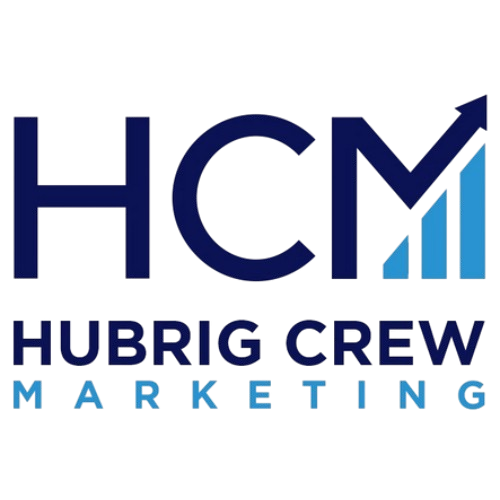Understanding Paid Media
Paid media is the strategic purchase of ad inventory on various media channels to amplify a brand’s message and reach targeted audiences. This form of digital advertising includes sponsored content designed to promote a brand’s products or services. The primary goal is to increase traffic, drive sales, and enhance conversions, ultimately boosting revenue growth.
There are several types of paid media, each serving unique marketing needs. Paid search ads appear on search engines like Google and Bing, while paid social involves advertising on platforms like Facebook, Instagram, and LinkedIn. Programmatic & display ads are shown across a myriad of websites, often facilitated by automated platforms. Finally, affiliate marketing leverages influencers or bloggers to promote products, rewarding them for sales generated.
“In 2023, paid advertising accounted for over 41.8% of total digital ad spend, highlighting its growing importance in digital marketing.”
Paid media is indispensable in modern marketing strategies, offering enhanced visibility and engagement that complements organic efforts. By understanding and utilizing the different types of paid media, businesses can effectively target and engage their desired audience.
Benefits of Paid Media
Paid media offers significant advantages in digital marketing, primarily through its ability to deliver targeted audience reach. By utilizing audience segmentation based on demographics, interests, and shopping behavior, businesses can present personalized ads that resonate with consumers. In fact, personalized advertising is preferred by 71% of customers, boosting both revenue and repeat purchases.
Another key benefit is the scalability of campaigns. Unlike organic efforts, paid media allows for exponential reach without a corresponding increase in costs. Effective strategies, such as A/B testing and prospect modeling, ensure resources are efficiently allocated, maintaining profitability as campaigns grow. This approach is essential for balancing growth with ROI.
Data-driven decision making further amplifies the effectiveness of paid media. By leveraging real-time insights, marketers can optimize campaigns, achieving higher conversion rates and returns. Businesses implementing data-driven strategies often see ROIs of 5-8 times their marketing expenditure.
| Media Type | Reach |
|---|---|
| Paid Media | Wide, targeted |
| Organic Media | Limited, broad |
“Effective targeting and data-driven insights are the backbone of successful paid media strategies.”
Challenges in Paid Media
One major challenge in paid media is the increasing use of ad blockers, which impacts reach and engagement. With over 912 million users employing ad-blocking technology, marketers face reduced visibility and wasted ad spend. Furthermore, ad fatigue is a growing concern, as users become overwhelmed by excessive ads, leading to a negative browsing experience.
Competition in the digital advertising space is intensifying, with revenues reaching a record $225 billion in 2023. Emerging channels like retail media and Connected TV are reshaping the landscape, demanding marketers to adapt swiftly to maintain visibility and effectiveness.
Creating engaging content is crucial yet challenging as audiences demand high-quality and relevant interactions. Marketers must craft content that resonates, using techniques like storytelling and compelling visuals to captivate their audience.
“Innovative solutions, such as native advertising and leveraging first-party data, are essential to overcoming these challenges and achieving effective engagement.”
Crafting Engaging Content
High-quality content is the backbone of successful paid media campaigns. It not only captures audience attention but also drives them to take desired actions such as making purchases or signing up for services. This engagement is crucial for conversions and enhancing brand reputation.
Integrating content marketing with paid media amplifies the reach and impact of campaigns. For instance, pairing valuable content like guides and how-tos with targeted ads can attract more qualified leads and optimize cost-per-click, as seen in successful campaigns by brands like HubSpot.
“Quality content isn’t just about good writing; it’s about resonating with your audience,” notes marketing expert, Jane Doe.
- Create a clear strategy: Align content with your brand and audience.
- Invest in keyword research: Use tools like Ahrefs to find relevant keywords.
- Diversify content formats: Include infographics and videos to engage different audience types.
- Optimize for SEO: Ensure content is search-friendly without sacrificing readability.
By following these best practices, businesses can craft content that not only boosts immediate campaign results but also fosters long-term brand loyalty and success.



